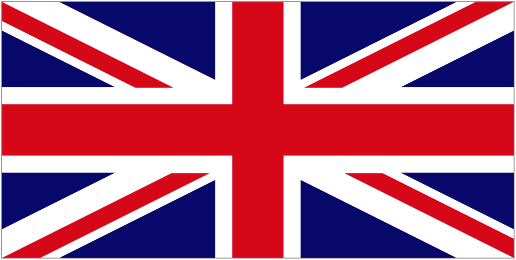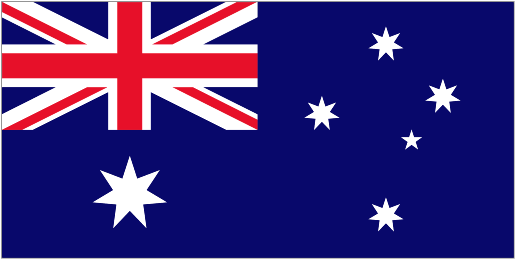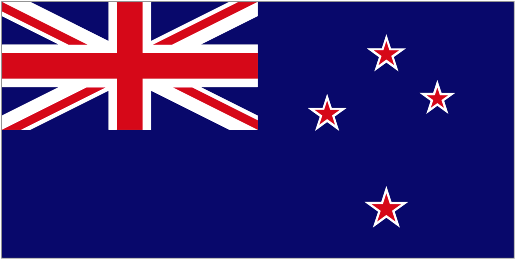Following are the books, fiction and non-fiction, released in 2019 that involved the civilian internment camps or World War II in the Philippines. The abstracts are provided either by the author or the publisher. I hope to make this annual review of books a regular column.
A Child’s Life — Interrupted by the Imperial Japanese Army
by Robert Anthony Wheeler, Santo Tomás and Los Baños internee
 Robert A. Wheeler was born in Manila, the Philippine Islands, where his normal childhood changed drastically when the Imperial Japanese Air Force bombed the city on December 8, 1941, the day after their planes destroyed United States battleships at Pearl Harbor in the Hawaiian Islands.Bob, his younger brother, Albert, their American father and German stepmother were incarcerated first at Santo Tomas University and later in the Los Banos internment camp, where they spent more than two years with two thousand other Allied men, women, and children, trying to survive on sparse diets under brutal captors.Then, on February 23, 1945, “Angels” came from heaven above to liberate the internees held at Los Banos. Paratroopers from the 11th Airborne Division, particularly the 511th Parachute Infantry Regiment, rescued the prisoners, who were immediately evacuated to U.S. lines aboard Amtracs by the 672nd Amphibious Tractor Battalion.Repatriated to the United States in April 1945, the family finally settled in California but never forgot the men who saved their lives.
Robert A. Wheeler was born in Manila, the Philippine Islands, where his normal childhood changed drastically when the Imperial Japanese Air Force bombed the city on December 8, 1941, the day after their planes destroyed United States battleships at Pearl Harbor in the Hawaiian Islands.Bob, his younger brother, Albert, their American father and German stepmother were incarcerated first at Santo Tomas University and later in the Los Banos internment camp, where they spent more than two years with two thousand other Allied men, women, and children, trying to survive on sparse diets under brutal captors.Then, on February 23, 1945, “Angels” came from heaven above to liberate the internees held at Los Banos. Paratroopers from the 11th Airborne Division, particularly the 511th Parachute Infantry Regiment, rescued the prisoners, who were immediately evacuated to U.S. lines aboard Amtracs by the 672nd Amphibious Tractor Battalion.Repatriated to the United States in April 1945, the family finally settled in California but never forgot the men who saved their lives.
========================================
Along the Broken Bay [Fiction]
by Flora J. Solomon
 December 1941. War has erupted in the Pacific, spelling danger for Gina Capelli Thorpe, an American expat living in Manila. When the Japanese invade and her husband goes missing, Gina flees with her daughter to the Zambales Mountains to avoid capture—or worse.
December 1941. War has erupted in the Pacific, spelling danger for Gina Capelli Thorpe, an American expat living in Manila. When the Japanese invade and her husband goes missing, Gina flees with her daughter to the Zambales Mountains to avoid capture—or worse.
Desperate for money, medicine, and guns, the resistance recruits Gina to join their underground army and smuggles her back to Manila. There, she forges a new identity and opens a nightclub, where seductive beauties sing, dance, and tease secrets out of high-ranking Japanese officers while the wildly successful club and its enemy patrons help fund the resistance.
But operating undercover in the spotlight has Gina struggling to stay a step ahead of the Japanese. She’s risked everything to take a stand, but her club is a house of cards in the eye of a storm. Can Gina keep this delicate operation running long enough to outlast the enemy, or is she on a sure path to defeat that will put her family, her freedom, or even her life at risk?
========================================
Wonks [Fiction]
by William Reese Hamilton, Santo Tomás internee
 World War II, The Philippines. Johnny Oldfield tells what it’s like to grow up in a Japanese prison camp, his pivotal teenage years filled with danger and defeat, adventure and intrigue, cruelty and betrayal, starvation and death, survival and liberation.Johnny calls himself a WONK (from the Chinese won gau, yellow dog) a mongrel running with a pack of rebellious kids and viewing his society from the ground up. Separated from his father by the Japanese invasion, he gets his life lessons from a diverse cast of characters: his mother Ruth, a nurse with a strong and independent spirit; Harry Barnes, a storyteller who arrives from China carrying the urn of a friend’s ashes; Southy Jack, an ex-pro boxer who trains boys in the manly art; Polecat, a mestizo pal with an all-consuming hatred for the Japanese; the Colonel, a wise old plantation owner who gives advice on survival; Haverford, a disgruntled alcoholic from Manila’s high society; and Abiko, the feared officer of the Japanese camp guard.This dramatic tale is played out in the heart of Manila, a city once called “the Pearl of the Orient,” now being destroyed by massive bombing, strafing, artillery barrages and mortar attacks.
World War II, The Philippines. Johnny Oldfield tells what it’s like to grow up in a Japanese prison camp, his pivotal teenage years filled with danger and defeat, adventure and intrigue, cruelty and betrayal, starvation and death, survival and liberation.Johnny calls himself a WONK (from the Chinese won gau, yellow dog) a mongrel running with a pack of rebellious kids and viewing his society from the ground up. Separated from his father by the Japanese invasion, he gets his life lessons from a diverse cast of characters: his mother Ruth, a nurse with a strong and independent spirit; Harry Barnes, a storyteller who arrives from China carrying the urn of a friend’s ashes; Southy Jack, an ex-pro boxer who trains boys in the manly art; Polecat, a mestizo pal with an all-consuming hatred for the Japanese; the Colonel, a wise old plantation owner who gives advice on survival; Haverford, a disgruntled alcoholic from Manila’s high society; and Abiko, the feared officer of the Japanese camp guard.This dramatic tale is played out in the heart of Manila, a city once called “the Pearl of the Orient,” now being destroyed by massive bombing, strafing, artillery barrages and mortar attacks.
William Reese Hamilton spent his childhood in North China and the Philippines, where he and his family were captured and imprisoned by the Japanese Army for more than three years in Santo Tomas Internment Camp, Manila. Reese has translated this experience into a new work of fiction, Wonks, inspired closely by the years he spent locked away in Santo Tomas, facing danger and defeat, adventure and intrigue, cruelty and betrayal, starvation and death, survival and, ultimately, liberation.
========================================
A Reckoning : Philippine Trials of Japanese War Criminals
by Sharon W. Chamberlain
 After World War II, thousands of Japanese throughout Asia were put on trial for war crimes. Examination of postwar trials is now a thriving area of research, but Sharon W. Chamberlain is the first to offer an authoritative assessment of the legal proceedings convened in the Philippines. These were trials conducted by Asians, not Western powers, and centered on the abuses suffered by local inhabitants rather than by prisoners of war. Her impressively researched work reveals the challenges faced by the Philippines, as a newly independent nation, in navigating issues of justice amid domestic and international pressures.
After World War II, thousands of Japanese throughout Asia were put on trial for war crimes. Examination of postwar trials is now a thriving area of research, but Sharon W. Chamberlain is the first to offer an authoritative assessment of the legal proceedings convened in the Philippines. These were trials conducted by Asians, not Western powers, and centered on the abuses suffered by local inhabitants rather than by prisoners of war. Her impressively researched work reveals the challenges faced by the Philippines, as a newly independent nation, in navigating issues of justice amid domestic and international pressures.
Chamberlain highlights the differing views of Filipinos and Japanese about the trials. The Philippine government aimed to show its commitment to impartial proceedings with just outcomes. In Japan, it appeared that defendants were selected arbitrarily, judges and prosecutors were biased, and lower-ranking soldiers were punished for crimes ordered by their superior officers. She analyzes the broader implications of this divergence as bilateral relations between the two nations evolved and contends that these competing narratives were reimagined in a way that, paradoxically, aided a path toward postwar reconciliation.
========================================
Philippine Birthmark: The Story of William Singleton Carroll His birth and first three years as a prisoner of the Japanese in the Philippines 1941-45
by McLean Goodpasture Carroll
 Philippine Birthmark tells the story of William Singleton Carroll’s birth and first three years as an unwilling captive of the Japanese in Manila during WWII. Little is known of the bombing of the Philippines taking place the same day as the attack on Pearl Harbor, December 7, 1941. This narrative will shed light on the conditions suffered by many Americans in Manila at Santo Tomas Internment Camp from January 1942 to February 1945.
Philippine Birthmark tells the story of William Singleton Carroll’s birth and first three years as an unwilling captive of the Japanese in Manila during WWII. Little is known of the bombing of the Philippines taking place the same day as the attack on Pearl Harbor, December 7, 1941. This narrative will shed light on the conditions suffered by many Americans in Manila at Santo Tomas Internment Camp from January 1942 to February 1945.
Read the review by Angus Lorenzen published in Beyond the Wire (The BACEPOW newsletter).































